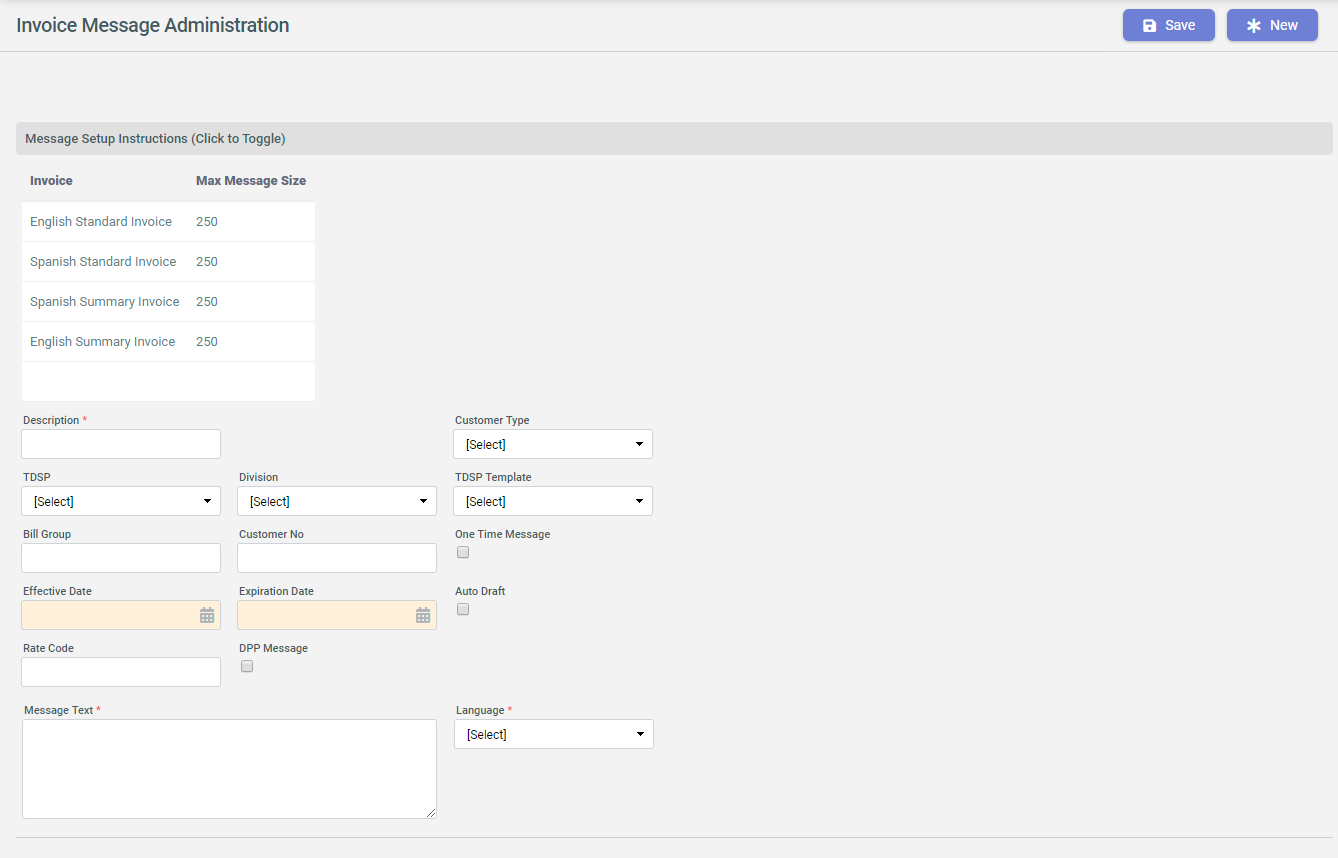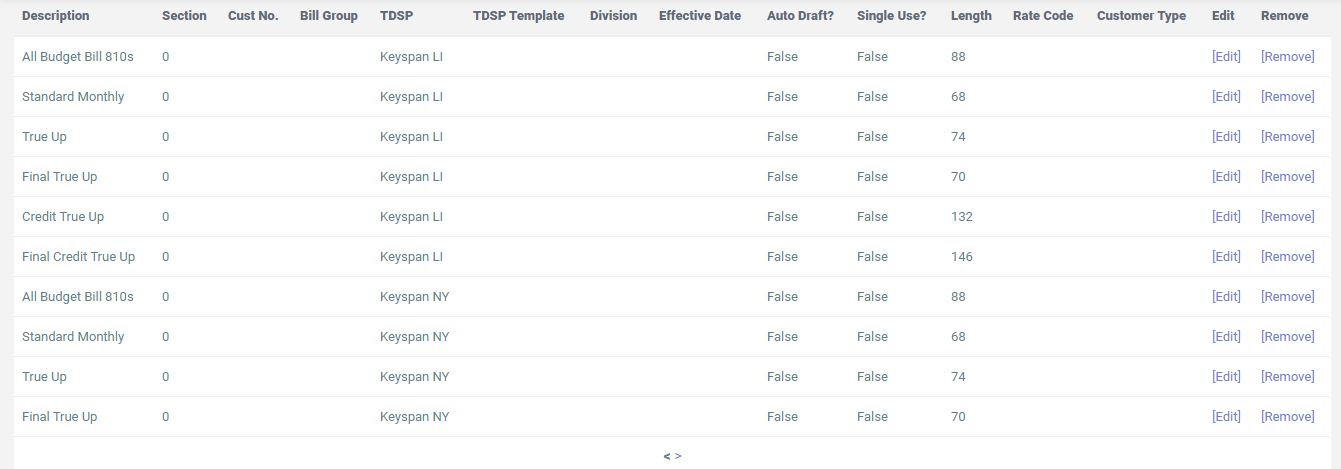Written Correspondence
Learn how to setup, manage and view written correspondence with Customers in CIS.
Written correspondence allows the Suppliers to get in touch with their Customers via various modes as mentioned below:
Letters
Suppliers can send letters to their Customers manually using the Customer Summary Screen or automatically via the Event Engine.
To send letters manually from Customer Summary Screen:
- Go to the Customer Summary Screen and click Letters on the Common Tasks bar.
- On the Letters panel, select the Letter Type from the drop-down and click Create Letter. Note: The the drop down menu contains only those letters that have been previously generated for the Customer.
A confirmation message Letter Sent Successfully. is displayed.
- To view the sent letter, click the Letters button. Here you can find all the sent letters in the Letters History table. You can also cancel
the recently created letters using
 , resend the previously sent letters using
, resend the previously sent letters using  and view the letters in printable format using
and view the letters in printable format using  in the
Actions column.
in the
Actions column.
The generated letters are released each day and sent to the third party print vendor in batches. To release letters, follow the below steps:
- Go to .
- On LETTER PRINT ADMINISTRATION page, check the letters and click Create Print Batch.
This creates print batch and send it to the third party print vendor.
Individual PDF for each invoice/letter in the batch is created. All the individual PDFs are zipped together and uploaded to respective folder types (Welcome, Disconnect, Invoice).
- Customer Disconnect Letter
- Welcome Letter
- Disconnect Letter
- Deferred Payment Plan Letter
- Switch Hold Letter
Email & Text Messages
The CIS application allows the Suppliers to send automated e-mails and text messages to their Customers based on their selected preferences during enrollment or later during their accounts' life-cycle. The notifications are initiated either through the event engine or during the process of daily billing operations.
Process flow for emails and text messages for Customer notifications:
- Payment Confirmation Notification
Payment received >>> Payment evaluated by event engine >>> notification sent - Service Interruption Notification
Usage received >>> Billing Processes >>> Notification Sent >>> Account evaluated by event engine >>> Event Engine Processes 650 >>> 650 Disconnect Sent - Service Reinstated Notification
Payment Received >>> Payment evaluated by event engine >>> Account evaluated by event engine >>> Event Engine Processes 650 >>> 650 Reconnect Sent >>> Notifications Sent - Payment Received Notification-Interrupted State
Customer is already disconnected >>> Payment Received >>> Payment evaluated by event engine >>> Account evaluated by event engine for disconnect status >>> notification sent >>> 650 reconnect sent - Disconnect Notice (814_24 sent)
Move-Out request is Processed >>> Evaluated by Event engine >>> Disconnect Notice Sent - Balance Notification
Usage received >>> billing processes usage >>> notification sent - Low Balance Notification
Usage Received >>> Billing Processes Usage >>> Billing engine Evaluates against threshold >>> Notification sent - Discretionary Charges Applied
810 TDSP Charge (without usage) received >>> Billing Processes Charge >>> Billing engine sends Notification
Messages on Invoice
CIS provides the functionality of displaying the messages on the invoice of the Customers using the Invoice Message Administration interface.
To create a message:
- Go to .
- Click Message Setup Instructions (Click to Toggle) to view the instructions for message setup. Set the following fields on the Invoice Message
Administration page:

Field Description Description Enter description for the message. TDSP Select the relevant TDSP. Bill Group Enter the relevant bill group. Effective Date Choose the date on which the message takes effects. Expiration Date Choose the date on which message expires. One time message checkbox Check this if it is a one time message. Rate Code Enter the rate code applier for the Customer. DPP message checkbox Check this if it is a Deferred payment plan (DPP) message. To learn about DPP, see Deferred Payment Plan. Message Section Select the relevant message box from the dropdown. Division Select the relevant division. Customer no Enter the Customer number. Customer Type Select Customer type from dropdown. TDSP template Select the relevant TDSP template. Auto draft Select checkbox if auto draft. Language Select language from dropdown. Message Text Enter the required valid message. The newly created messages appear in a table below the message setup section.
The Invoice Message Administration page also has a section below the message setup section to view the details of previously sent messages.

CIS also contains two types of reports for Written Correspondence.
- Letter Report – it gives details of selected category of letter or invoices.
- Letter Summary Report – it gives a summary of all the letters types, their language, and count for a given date range.
These reports can be accessed from or .